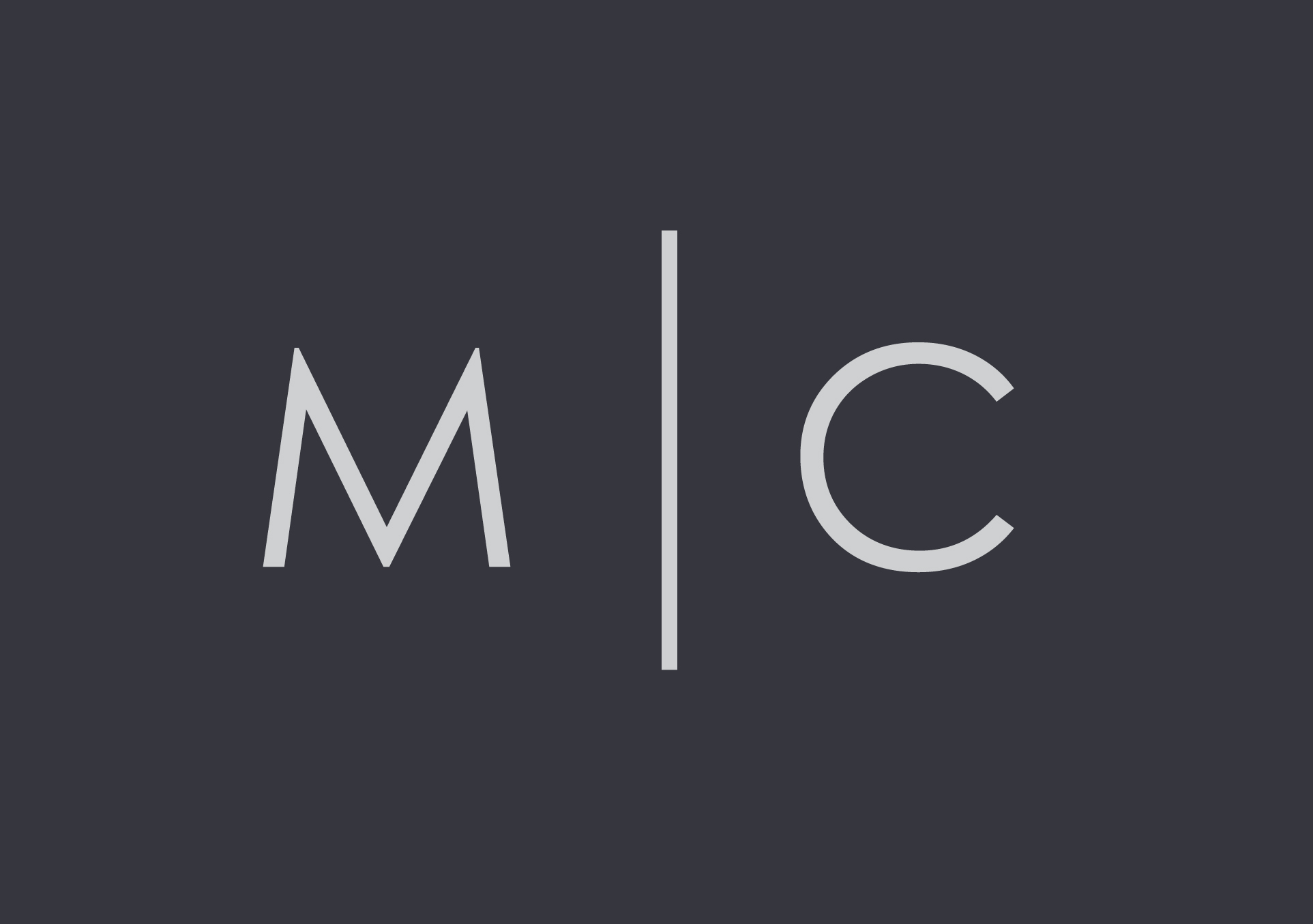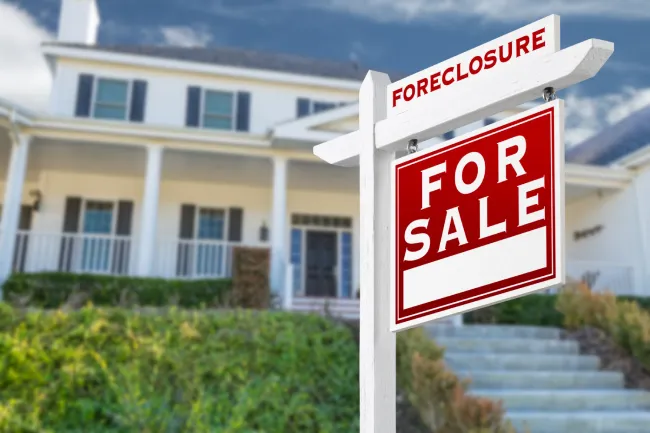Analyzing your expected rate of return on a real estate investment and comparing the return to other potential investments are essential aspects of making a savvy investment. A detailed ROI analysis, however, requires scrutiny of the numbers and takes time. The cap rate equation is often used by investors as a quick, back-of-the-envelope method to analyze ROI and compare investments. What is a cap rate, and how do you use it as an investor?
What Is a Cap Rate?
The cap rate, or capitalization rate, is used by investors to express the expected rate of return. For commercial real estate investors, it is specifically used to analyze the ROI on income-producing properties. More accurately, it is an estimate of the investor’s return over the first year of ownership and is not a reflection of historical returns.
Typically, commercial real estate listings include the cap rate. This allows you to quickly compare properties and to eliminate options that fail to meet your ROI criteria.
When comparing the cap rates on listings, however, be aware that this is a basic calculation that fails to take into account several factors relevant to your actual return on investment. Nonetheless, it is a useful tool to use for a preliminary analysis. In addition, it has applications for current property owners and lenders.
How to Calculate Cap Rate?
While the listing will include a preliminary cap rate, learning the rate formula is essential. As you learn more about a property and negotiate the sales price, the calculation will change. In addition, the cap rate will play a role in property performance analysis and the marketability of your property in the future. How do you figure out the cap rate?
To calculate the cap rate, you need to first calculate the net operating income NOI. The NOI is the property’s income minus operating expenses. The cap rate formula is:
Net Operating Income / Purchase Price x 100
It is written as a percentage. Generally, a good cap rate falls between 4% and 12%. Be aware, however, that your calculated cap rate is only as good as the numbers used to calculate it. For example, a real estate agent may use rental income based on a market occupancy rate of 90% even though the property’s occupancy is considerably lower, or market rents are used instead of actual rents. Understand how the cap rate was calculated to make full use of its benefit. The cap rate is a projection of the ROI during the first year of ownership. Because of this, the NOI used in the calculation must be realistic for that time period.
How Real Estate Investors Use the Cap Rate
Capitalization rate calculations are used by real estate investors both when analyzing potential new investments and when creating an exit strategy. They are also used by property owners to monitor the performance of their investments. Lenders run a cap rate calculation as well when underwriting a loan.
Overall, a buyer compares cap rates of multiple listings to identify the most profitable option on the market. A higher cap rate indicates a higher return on investment, but it also indicates greater risk. The cap rate expresses yield, so therefore it is also useful in comparing different types of investment opportunities.
Cap rates vary, often considerably, across different markets. In addition, you likely will find varying cap rates across urban and suburban areas within the same metropolitan area. It is important to know what the average cap rate is for the property type and market when comparing cap rates. Remember to also compare cap rates to “like” properties. This takes into account the property size, condition and other factors.
Commercial real estate buyers can also use the formula when making an offer. For example, if the market cap rate is 8%, the buyer’s offer may reflect this cap rate. If the buyer expects an 8% return, the cap rate calculation is equally useful.
Periodically investors can analyze their return with a quick cap rate calculation. When compared to the average market cap rate, investors can review performance. This is in relation to market cap rates.
The cap rate is also an important calculation for property owners preparing an exit strategy. Because the cap rate is analyzed by buyers, a property investor must consider this calculation. Making adjustments to bolster the NOI and cap rate before listing the property can increase the seller’s return.
The cap rate also affects a buyer’s ability to qualify for financing. Some lenders have a minimum threshold for the cap rate. Others analyze the cap rate to assess risk. A lower cap rate is typically associated with lower risk for lenders and buyers alike.
Is a Higher Cap Rate Better?
The ideal cap rate is based on your role in the transaction as well as your goals. The cap rate represents the yield on an unleveraged investment. Therefore, a higher cap rate is good for investors who want to optimize their return. It also indicates a shorter time to recoup the investment. A lower cap rate presents less risk to investors, but it also indicates a longer time period to recoup the investment.
For a seller, a lower cap rate is preferred. This is because a lower cap rate supports a higher property value and asking price.
Cap Rate Formula Limitations and Value
The cap rate formula is a useful method to analyze cash flow in relation to the sales price. However, it cannot be used to form a complete analysis of a potential investment. For example, the cap rate does not take into account leverage. The cost of financing directly impacts the investor’s return on investment.
The cap rate also fails to account for the time value of money and the potential to increase cash flow. For example, the investor may be able to dramatically increase rents after making a few improvements to the units or adding amenities. The cost of these updates must be considered. However, they are a one-time cost that yields an ongoing stream of higher rental income.
Also, note that some expenses may increase after the sale is finalized. For example, the investor’s preferred management company may charge a higher rate. Property taxes may increase based on the new sales price. These may be taken into account in the lender’s calculation for cap rate net operating income.
In addition, the cap rate does not take into account the property condition and deferred maintenance. Other factors, such as local market dynamics, also need to be analyzed independent of the cap rate. A larger market, for example, generally has a lower cap rate. This is related to greater competition in the market.
A Cap Rate Example
How does the cap rate benefit you in a real-world scenario? Assume that an investor is considering the option to invest $2 million in a Treasury bond at 4% or a commercial estate property. The Treasury bond is a risk-free investment with a fixed rate of return. The multi-unit investment property produces stable rent from multiple tenants, but it is not without risk. In addition, the return is not guaranteed.
The net operating income for the rental property is $150,000. With a $2 million sales price, the cap rate is 7.5%. This means that the investor’s expected return on the real estate is 7.5% during the first year. However, the leverage is not taken into account. The difference between the 7.5% return of the real estate investment and the 4% return on the Treasury bond is the investor’s return on the risk he is exposed to.
Explore Financing Options
While the capitalization rate formula is a smart tool to use when analyzing the potential return of rental properties, other factors affect your ROI as well. To learn about current interest rates and terms available for your next investment property, contact Macoy Capital today.







